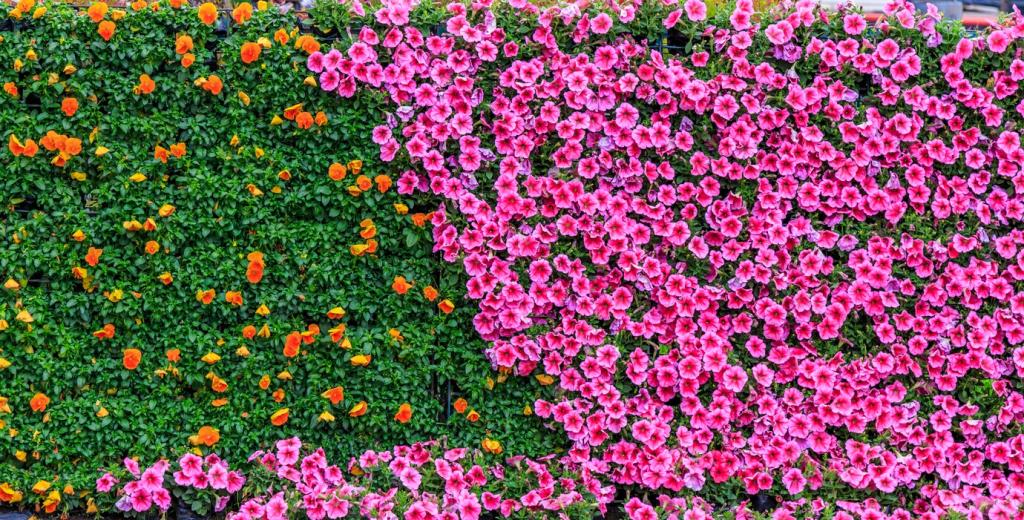This website uses cookies so that we can provide you with the best user experience possible. Cookie information is stored in your browser and performs functions such as recognising you when you return to our website and helping our team to understand which sections of the website you find most interesting and useful.
Innovative Techniques in Urban Vertical Gardening
Urban vertical gardening represents a transformative approach to greening city spaces where land is scarce and populations continue to grow. This method reimagines underutilized vertical surfaces, such as building facades and small patios, as thriving plots for plant life. It leverages state-of-the-art technologies, creative design, and scientific research to enable sustainable food production and improve urban environments. As cities strive to combat urban heat, reduce pollution, and foster biodiversity, innovative techniques in vertical gardening are emerging as pivotal solutions. From smart hydroponic systems to artistic green walls, these practices offer fresh possibilities for both amateur gardeners and large-scale urban planners. Explore the most cutting-edge advancements and learn how cities worldwide are transforming their skylines and communities through imaginative vertical gardening.

Modular Living Wall Systems

Biophilic Design Integration
Enhancing Indoor Air Quality
Visual and Psychological Benefits
Creating Restorative Microclimates
Edible Walls and Urban Agriculture
High-Yield Herb Gardens
Vertical Vegetable Production
Combining Aesthetics with Edibility


